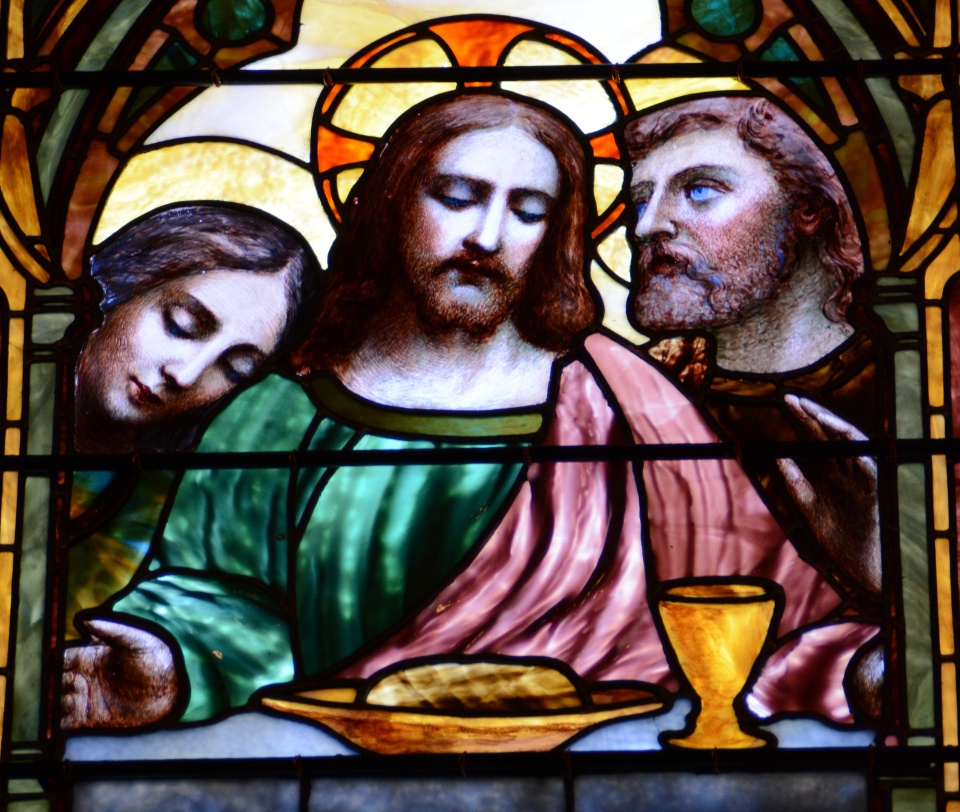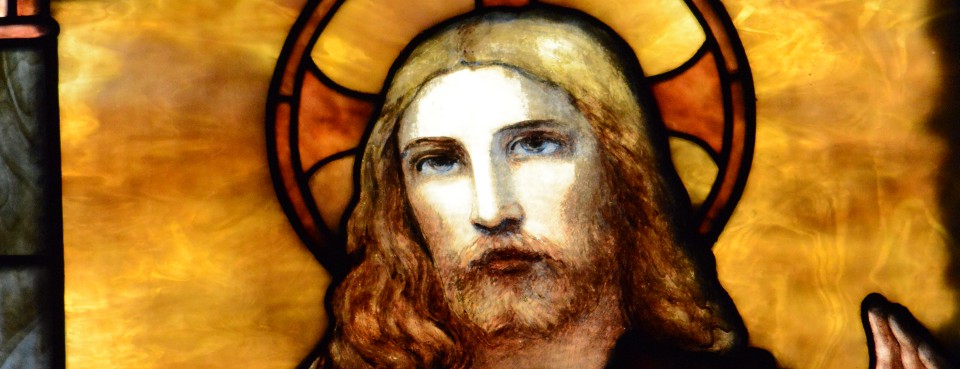Opalescent wonders at Shelburne church the product of genius and experimentation.

So how did Louis Comfort Tiffany come to create striking stained-glass windows at a place of worship in Shelburne that has been celebrating Easter Sunday for about 125 years?
The story began when Dr. William Seward Webb and his wife, Lila Vanderbilt Webb, moved to Shelburne in 1886, the year the present chapel for Trinity Episcopal Church was built.
Trinity was founded in 1790 by Deacon Bethuel Chittenden, brother of the first governor of Vermont, Thomas Chittenden. The parish met in houses and barns until a church was built in 1819. That church burned down in the 1860s, so the parish met in Shelburne town hall until the chapel was built in 1886.
The Webbs provided the new little church with a bell, hiring the architect who built the church, William Appleton Potter, to build a bell tower with porte-cochère, and cover the clapboard worship house with red stone using the then-popular neo-gothic style.
Three years later, the Webbs enlarged the chancel (where the altar is) to accommodate a boys choir. They also provided a new Roosevelt tracker (or pump) organ. It was then that Tiffany was hired to oversee decoration of the church.
Tiffany was personally acquainted with the Webbs and Vanderbilts, whom he had met in New York City. He was the son of the founder of Tiffany and Company, a world famous jewelry store in the city.
As a young man, Tiffany had wanted to be a painter, but while in France studying art, he was enthralled by the beauty and brilliance of the medieval stained glass windows and chose instead to “paint” with glass.
He returned to New York City and worked with John LaFarge, creating original stained glass windows for churches, businesses and homes in the 1870s, even while they played with the technology of glass-making and patented different types of opalescent glass. In 1885, Tiffany established his own Tiffany Glass Company, later known as Tiffany Studios. He hired a team of craftsmen to make glass, and women artists to work on designs for windows, lamps, glass mosaics, and jewelry, according to the Shelburne Museum book, Louis Comfort Tiffany: Nature by Design, by Jean Burks, Alice Frelinghuysen and Lindsy Parrott.
Opalescent glass was made from recycled glass bottles, which in those days came in a variety of flawed colors including milk white. The flaws are most visible in antique “clear” glass that is slightly foggy and shows a rainbow of colors on the surface caused by mineral impurities.
Tiffany exploited and explored the technology and science of mineral deposits in glass because he loved the way it glowed, all natural light appearing to be caught in
the glass itself. He also loved bright colors and often mixed colors together to get a brushy, feathery, or marbled effect. He urged his craftsmen to play with the cooling process to create a wider variety of colors and thicknesses, sometimes layering two and three glass plates of different colors to create three dimensional depth. He also created drapery glass by causing the glass to be pulled, and pushed together in folds for clothing. He had his craftsmen chip at cooling glass rod ends in order to achieve the effect of a cut jewel. Rippled glass was used when crafting feathers, fur, or moving water; mottling enhanced the opal like brilliance of the glass.
This understanding of Tiffany’s stained glass work is described on an architecture and history website.
Tiffany Glass Company made all the windows in the nave and chancel, and the Ecclesiastical Department created liturgical furnishings such as the ornately carved woodwork above the high altar, the wood paneling and furniture in the chancel, and the beautiful art nouveau stenciling. This additional Tiffany work was recognized by Greg Gorman of Lyme Center, N.H., who restored the church’s Tiffany windows in 1996.
“You stand in front of them with a different sort of respect than you do some other windows,” Gorman told the Burlington Free Press in a 1996 interview. “These are of the highest level of construction, both artistic and the fabrication.”
Tiffany signed the triptych memorial windows over the altar to the east. Three more memorial windows soon adorned the west wall facing the altar.
Lori Wilson, historian of Trinity Episcopal Church, lives in Hinesburg and is a parishioner of the Shelburne church. This article was previously published in the Burlington Free Press.

